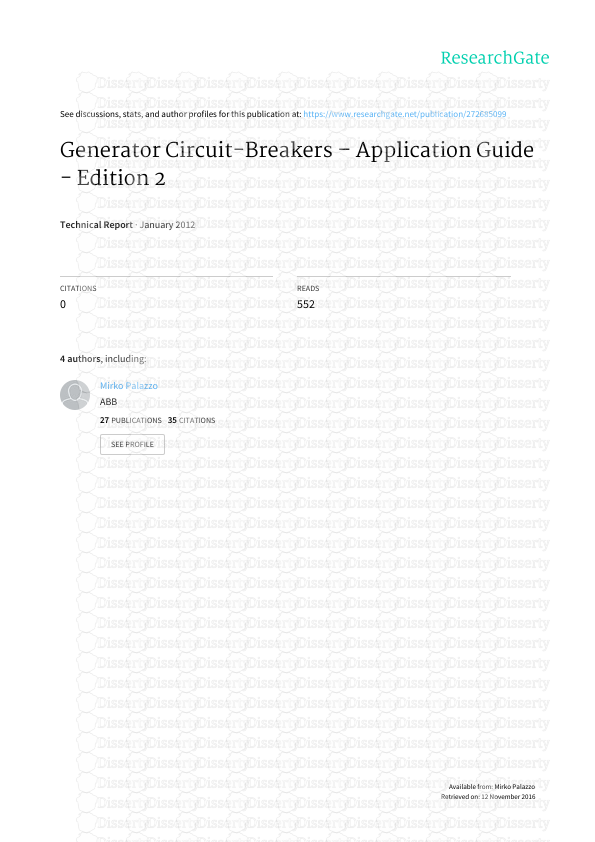See discussions, stats, and author profiles for this publication at: https://ww
See discussions, stats, and author profiles for this publication at: https://www.researchgate.net/publication/272685099 Generator Circuit-Breakers – Application Guide - Edition 2 Technical Report · January 2012 CITATIONS 0 READS 552 4 authors, including: Mirko Palazzo ABB 27 PUBLICATIONS 35 CITATIONS SEE PROFILE Available from: Mirko Palazzo Retrieved on: 12 November 2016 Product Brochure Generator Circuit-Breakers Application Guide Edited by ABB Switzerland Ltd High Voltage Products Department: High Current Systems Brown Boveri Strasse 5 CH-8050 Zurich / Switzerland Text: Dieter Braun, Giosafat Cavaliere, Kurt Dahinden, Mirko Palazzo 4 | ABB Table of contents 1 Introduction 6 3 Design of generator circuit-breakers 9 3.1 Interrupting chamber 9 3.2 Hydraulic spring operating mechanism 11 3.3 SF6-gas density monitoring system 11 3.4 Disconnector 12 3.5 Earthing switch 12 3.6 Starting switch (for gas turbine power plants) 12 3.7 Short-circuiting connection 13 3.8 Current transformer 13 3.9 Voltage transformer 13 3.10 Ferroresonance damping device 13 3.11 Surge capacitor 14 3.12 Surge arrester 14 3.13 Connecting zone 15 3.14 Phase enclosure 16 3.15 Control and supervision 16 2 History of the development of generator circuit-breakers 7 5 Selection of generator circuit-breakers 18 5.1 Duties of generator circuit-breakers 18 5.2 Requirements for generator circuit-breakers 18 5.3 Selection of generator circuit-breakers 18 5.3.1 Rated maximum voltage 19 5.3.2 Power frequency 19 5.3.3 Rated continuous current 19 5.3.4 Rated dielectric strength 20 5.3.5 Rated short-circuit duty cycle 20 5.3.6 Rated interrupting time 20 5.3.7 Rated closing time 20 5.3.8 Short-circuit current rating 20 5.3.8.1 System-source short-circuit current 20 5.3.8.2 Generator-source short-circuit current 23 5.3.8.3 Required closing, latching, and carrying capabilities 27 5.3.8.4 Required short-time current-carrying capability 27 5.3.9 Transient recovery voltage rating 27 5.3.9.1 First-pole-to-clear factor 28 5.3.9.2 Amplitude factor 28 5.3.9.3 Power frequency recovery voltage 28 5.3.9.4 Rated inherent transient recovery voltage 29 5.3.9.5 System-source faults 30 5.3.9.6 Generator-source faults 30 5.3.9.7 Calculation of TRV in case of terminal faults 30 5.3.10 Rated load current switching capability 32 5.3.11 Capacitance current switching capability 32 5.3.12 Out-of-phase current switching capability 32 5.3.13 Excitation current switching capability 34 5.3.14 Rated control voltage 34 5.3.15 Rated mechanism fluid operating pressure 34 4 Standard for generator circuit-breakers 17 ABB | 5 6 Application of generator circuit-breakers 35 6.1 Power plant layouts 35 6.1.1 Thermal power plants 35 6.1.2 Gas turbine power plants 35 6.1.3 Hydro power plants 35 6.1.4 Pumped storage power plants 36 6.2 Advantages of generator circuit-breakers 38 6.2.1 Simplified operational procedures 38 6.2.2 Improved protection of the generator and the main and unit transformers 38 6.2.3 Increased security and higher power plant availability 38 6.2.3.1 Transformer failures 39 6.2.3.2 Short-time unbalanced load condition 41 6.2.3.3 Generator motoring 42 6.2.3.4 Synchronizing under out-of-phase conditions 42 6.2.4 Economic benefit 43 Table of contents 8 Case study 1: Impact of the method of connecting a generator to the high-voltage grid on the availability of a power plant 45 8.1 Power plant layout 45 8.1.1 Layout of extra high-voltage substation 47 8.1.2 Layout of high-voltage substation 48 8.1.3 Generator circuit-breaker 48 8.1.4 Station transformer 48 8.2 Data for availability calculations 48 8.3 Simulations 48 8.4 Simulation results 49 8.5 Economic evaluation 50 7 Maintenance of generator circuit-breakers 44 References 57 9 Case study 2: Interrupting capability of generator circuit-breakers in case of delayed current zeros 52 9.1 Generator circuit-breaker model adopted for the simulations 52 9.2 Generator terminal faults 53 9.3 Out-of-phase synchronising 55 9.4 Conclusions 56 6 | ABB AUX G MT EHV HV UT ST GCB AUX G MT EHV HV UT ST 1 Introduction A major objective of all power plant operating companies is the achievement of the highest possible plant availability at the lowest possible cost. Obviously, how a generator is con- nected to the high-voltage grid and how the power supply to the unit auxiliaries is secured has a decisive influence on the availability of a power plant. Two basically different ways of connecting a generator to the high-voltage transmission network are in use today, namely the connection without a circuit-breaker between the genera- tor and the low-voltage terminals of the main transformer (i.e. the "unit connection") and the connection with a generator circuit-breaker (Figure 1). The layout with a generator circuit- breaker has several advantages over the unit connection, e.g.: – – simplified operational procedures – – improved protection of the generator and the main and unit transformers – – increased security and higher power plant availability – – economic benefit ABB generator circuit-breakers are suitable for application in all kinds of new power plants such as fossil-fired, nuclear, gas turbine, combined cycle, hydro and pumped storage power plants as well as for replacement or retrofit in existing power stations when they are modernized and/or extended. Figure 1: Layout of a thermal power plant without generator circuit-breaker a) and with generator circuit-breaker b) a) b) Legend MT Main transformer UT Unit transformer ST Station transformer GCB Generator circuit-breaker EHV Transmission system HV Sub-transmission system AUX Unit auxiliaries ABB | 7 2 History of the development of generator circuit-breakers During the sixties, when there was a trend towards higher unit ratings and, consequently, increased use of phase- segregated generator busducts, ABB developed a circuit- breaker which could meet these new requirements. This was the first circuit-breaker designed to be installed in the run of generator busducts (Figure 2). Since the delivery of the first specific purpose generator circuit-breaker in 1970, there has been a continuous develop- ment of this piece of power plant equipment. At the beginning the circuit-breakers consisted of three metal-enclosed, phase segregated units using compressed air as operating and arc- extinguishing medium. In the 1980’s SF6 generator circuit-breakers were successfully introduced into the market. The design of these circuit-break- ers was a three-phase system in single-phase enclosures, supplied fully assembled on a common frame with operating mechanism and control equipment. Mainly the economical aspect and reasons of reliability and maintainability convinced customers of this modern arc-extinguishing medium. Figure 2: Air blast generator circuit-breaker type DR mounted in the run of an isolated phase bus Originally conventional distribution circuit-breakers were used to connect the generator to the step-up transformer. With the increasing output of the genera- tors, the required ratings exceeded the load currents and short-circuit levels of the switchgear available. Therefore the unit connection became the accepted standard power plant layout. 8 | ABB Figure 4: Generator circuit-breaker type HEC 7 based on SF6 technology and self-blast principle Figure 3: SF6 generator circuit-breaker type HECS-130R for open installation Current transformer Voltage transformer Interrupting chamber Disconnector Surge arrester Figure 5: View into one pole of a generator circuit-breaker system In the 1990’s SF6 generator circuit-breakers were specifically developed for open installation, i.e. without enclosure. This solution was introduced to allow quick and easy installation even for projects with very small space requirements (Figure 3). Today SF6 generator circuit-breakers with rated currents up to 24’000 A with natural cooling and up to 57’000 A with forced air cooling, respectively, and with short-circuit breaking Another development has been the integration of all the associated items of switchgear into the generator circuit- breaker housing. Series disconnectors, earthing switches, short-circuiting connection, current transformers, single- bushing voltage transformers, protective capacitors and surge arresters can be mounted in the enclosure of the generator circuit-breaker (Figure 5). Depending on the type of power plant additional items like starting switches (for gas turbine currents up to 210 kA are available. This breaking capacity corresponds to the highest short-circuit breaking current ever achieved with a single SF6 interrupting unit. The development was made possible by using the most advanced SF6 self- blast principle. With this achievement modern SF6 generator circuit-breakers can now be delivered for generating units with ratings up to 2’000 MVA (Figure 4). and hydro power plants) can also be fitted in the generator circuit-breaker housing. This greatly improved functionality allows simpler and more economic power plant layouts. Beside a substantial reduction of the first costs this new solution - being fully factory assembled and tested - also makes possible considerable savings in time and expenditures for erection and commissioning. ABB | 9 3 Design of generator circuit-breakers ABB generator circuit-breaker systems are three-phase sys- tems with a SF6 circuit-breaker and a disconnector in single- phase enclosures, supplied fully assembled on a common frame, with operating mechanisms and control equipment. In addition to the circuit-breaker and disconnector, the generator circuit-breaker systems are available with earthing switch, starting switch, short-circuiting connection, current and voltage transformers, surge capacitor and surge arrester. The single line diagram of a generator circuit-breaker system is depicted in Figure 6. All the components are integrated and mounted in the phase enclosures (Figure 5). The generator circuit-breaker system is designed for welded connections to the isolated phase bus enclosures. Each enclosure is made of aluminium and capable of carrying the induced return current. The phase distance can be selected to suit the busbar spacing in the power plant. Figure 6: Typical single line diagram of a generator circuit-breaker system 1 Generator circuit-breaker 2 Line disconnect switch 3 Earthing switch 4 Starting switch for uploads/s3/ gcb-application-guide 1 .pdf
Documents similaires
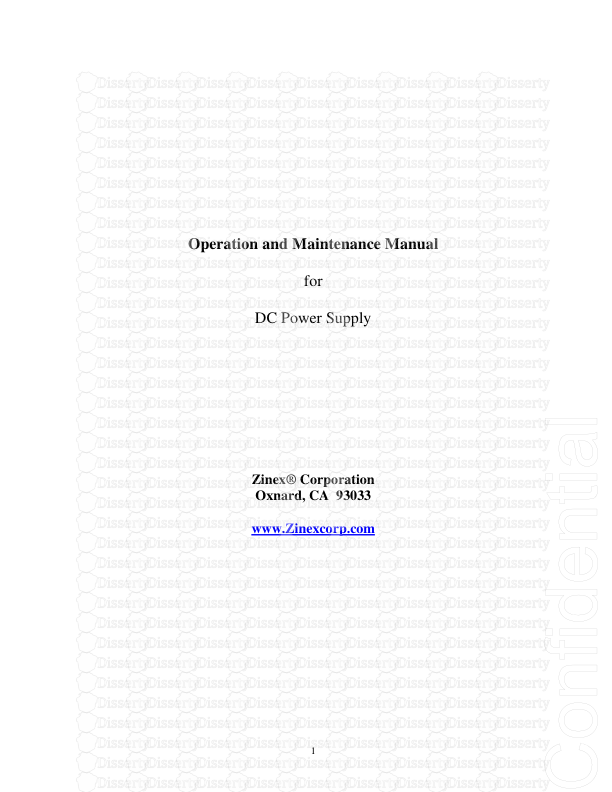

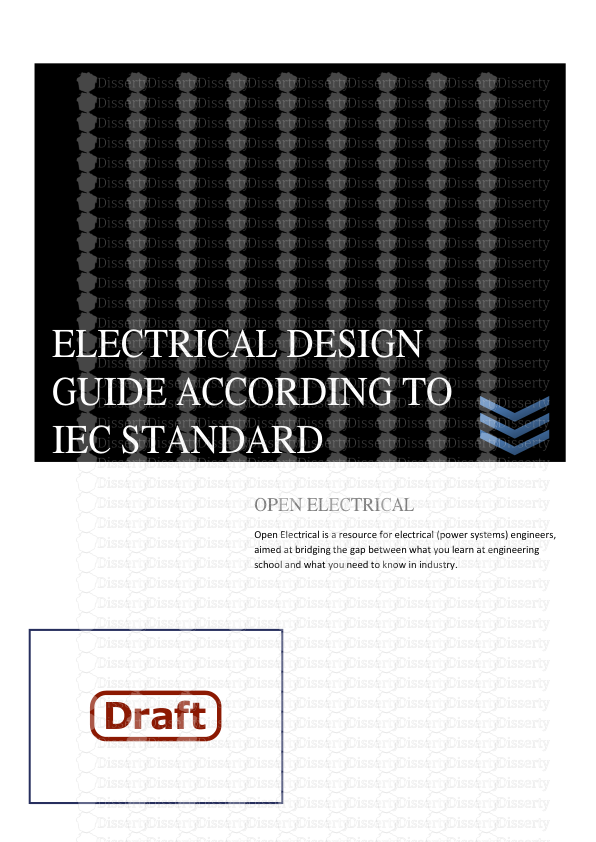

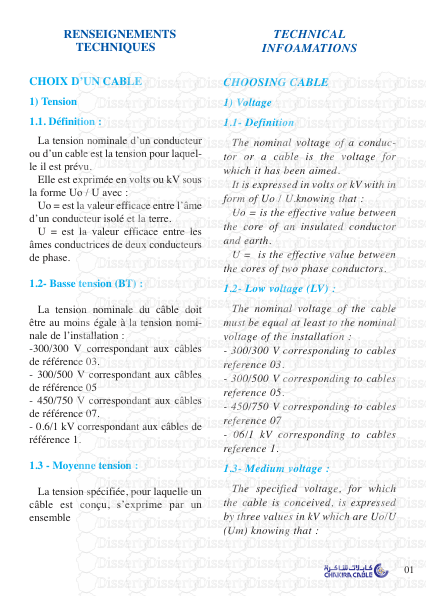


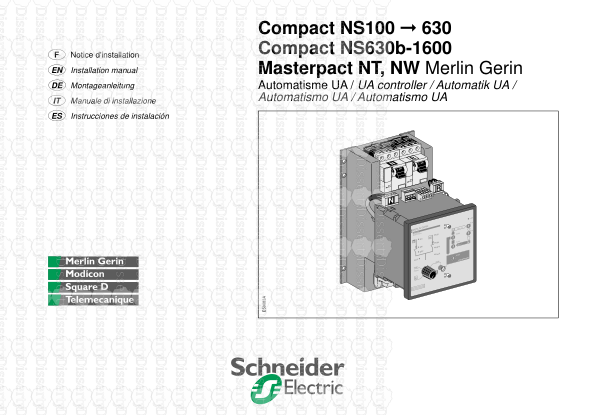


-
37
-
0
-
0
Licence et utilisation
Gratuit pour un usage personnel Attribution requise- Détails
- Publié le Jul 20, 2021
- Catégorie Creative Arts / Ar...
- Langue French
- Taille du fichier 6.0103MB


